Norman WRF Phase 2 Upgrade and Expansion
Garver designed an ambitious overhaul of the entire facility to increase capacity, address regulatory requirements, and improve the facility’s operations
The Norman Utilities Authority (NUA) has long been an advocate of environmental stewardship and has led the state in the implementation of sustainable solutions to maintain proper water quality and environmental health. The award-winning utility was the first in Oklahoma to install a yard composting service, and their hard-working operations staff kept the City’s aging wastewater treatment plant (WWTP) operational and functional for more than twice its original estimated life cycle.
By 2010, however, some of the treatment processes at the WWTP had been in operation for more than 50 years, and Norman’s burgeoning population — it is now the third largest city in the state — routinely consumed up to 90 percent of the WRF’s existing capacity. With the receipt of a compliance schedule to incorporate new regulatory disinfection requirements, NUA decided to embark on an ambitious overhaul of the facility to address all of these issues, transforming it from a 12 MGD WWTP into a 17 MGD Water Reclamation Facility (WRF) to better serve the citizens of Norman.
Given our historical plant knowledge, local access, and national expertise, the City selected Garver for the study phase of the program, which identified more than $100 million in capital improvements. We performed a comprehensive audit and evaluated ways to improve the facility’s operations, address aging infrastructure, comply with future potential permit requirements, and accommodate increasing flows. At the conclusion of the study phase, we helped NUA and the City prioritize alternatives.
Garver was then selected for the design and construction phase, which included improvements to increase treatment capacity, enhance operational reliability, and address new effluent discharge requirements. Specifically, phase 2 of the project provided enhanced screening operation, advanced flow split with peak flow bypass, primary clarification rehabilitation, additional biological treatment capacity with high-efficiency turbo blowers, secondary clarification, RAS/WAS pumping with variable frequency drive (VFD) controls, post aeration, a new parallel 66-inch outfall line, odor control, solids thickening, and anaerobic digestion.
To address new effluent discharge and redundant power supply requirements, new UV disinfection/post aeration facilities and site-wide backup power were installed. The addition of UV disinfection to the plant has also allowed NUA to maintain new year-round disinfection requirements, and improvements to the headworks facilities make it possible for fewer operators to maintain plant operation during major storm events.
We helped the City save money by using the plant’s existing infrastructure and regulatory variance approval from the Oklahoma Department of Environmental Quality (ODEQ). During the design phase, we conducted multiple workshops with operations staff, which helped alleviate future operations and maintenance concerns.
Taking into consideration the size and complexity of the Norman WRF Phase 2 Upgrades, we worked with NUA to prequalify potential contractors to promote successful execution and project delivery. Garver also provided on-site observers during construction who were able to identify potential issues and successfully coordinate solutions that minimized the number of change orders. With the receipt of highly favorable bids from the pool of contractors, as well as tight budget control during construction, NUA had the opportunity to add multiple features to the project scope. We worked with the contractor to refine the additional plans, thus saving time and money by streamlining the process.
To make sure the operations staff is comfortable working around the new equipment, we developed a new O&M manual, assisted with equipment startup, and provided comprehensive training for the plant staff. Garver’s engineers also integrated the new O&M manual into SCADA to make it readily accessible to operators.
This project represented the largest capital improvement project in the history of the City of Norman and was the largest Oklahoma Clean Water State Revolving Fund (CWSRF) loan at the time of award. Since February 2017, NUA has not reported any permit violations, and the high-quality effluent discharge is well below the permit limits for allowable pollutants. With the innovative $52 million expansion and update of the WRF also master planned for the future addition of biological nutrient removal (BNR) and potable reuse upgrades, NUA will be able to continue producing an environmentally safe, quality effluent product for years to come.
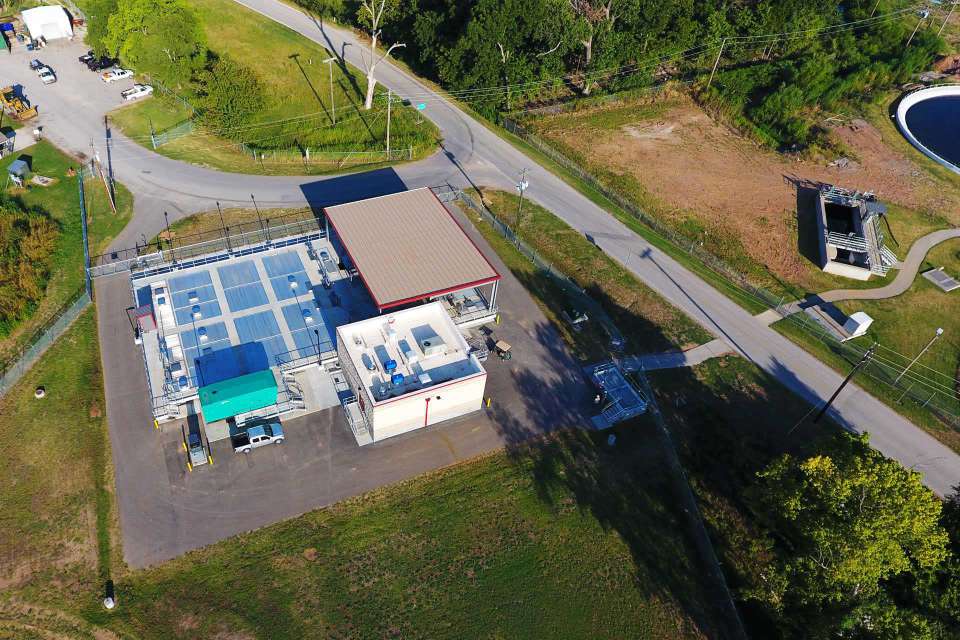
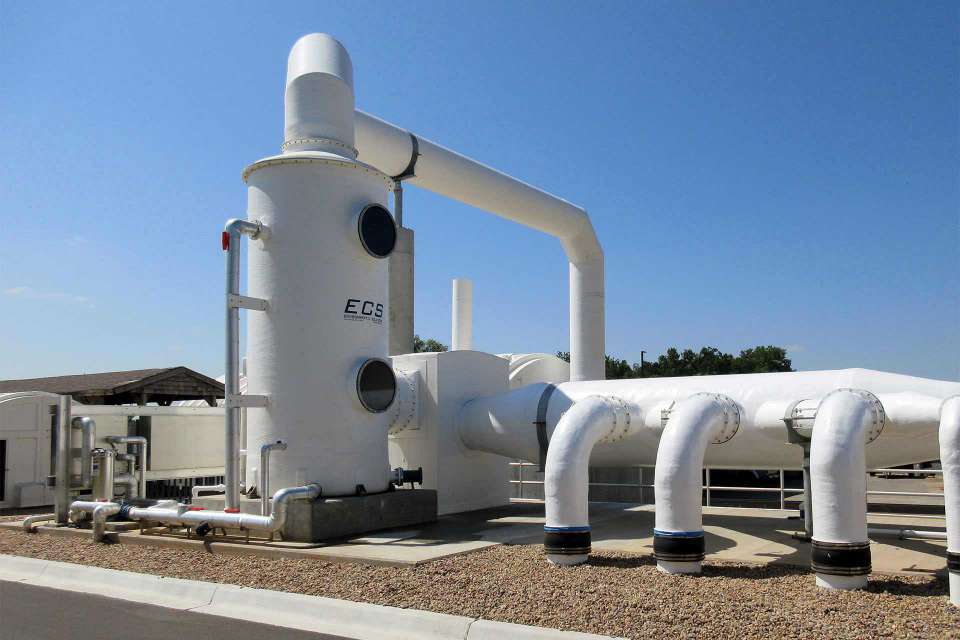
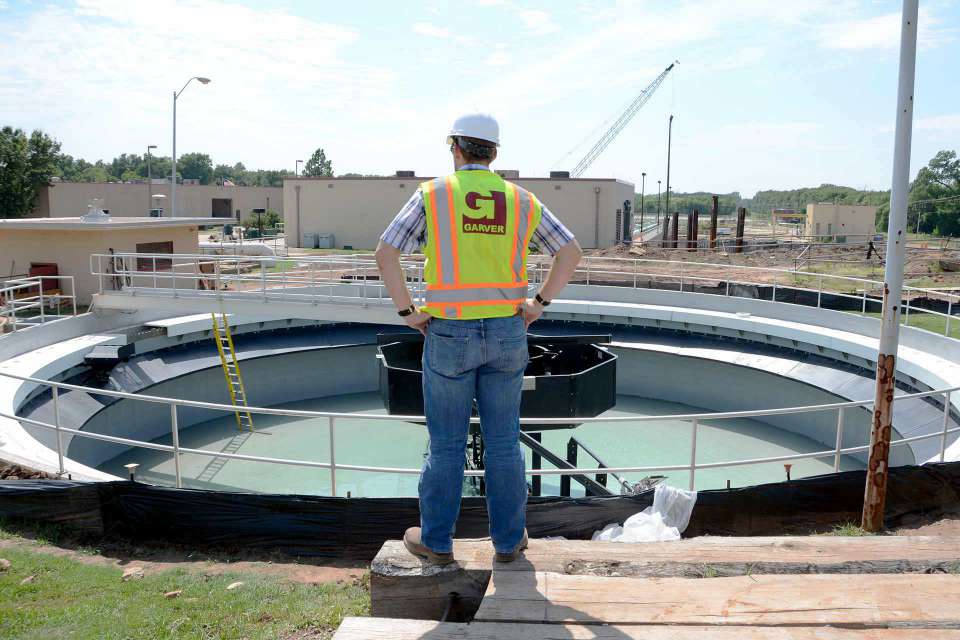

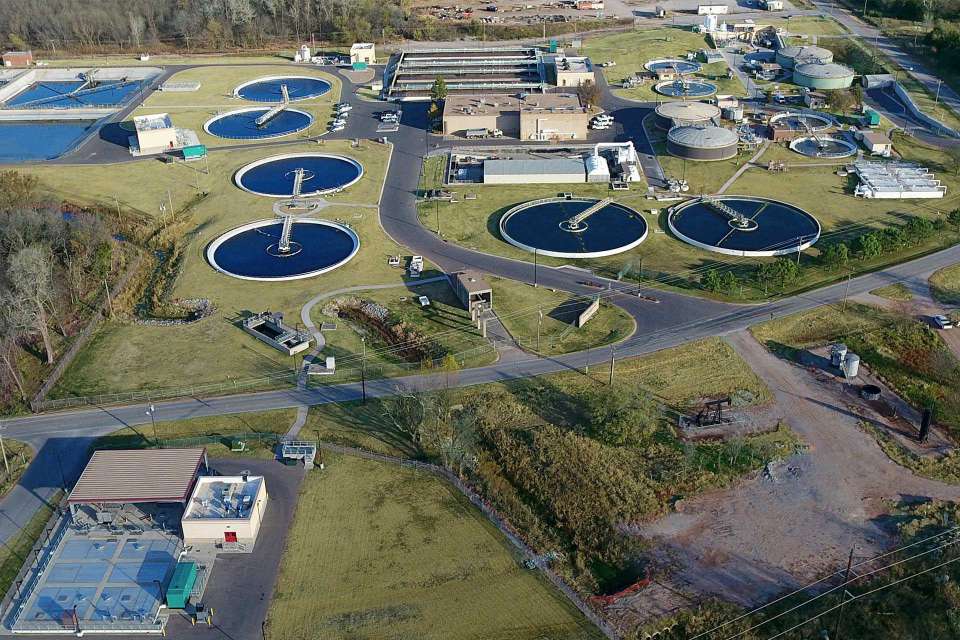
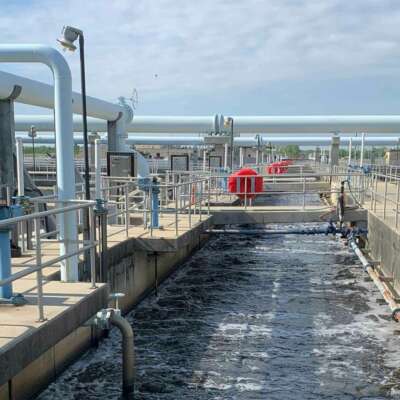
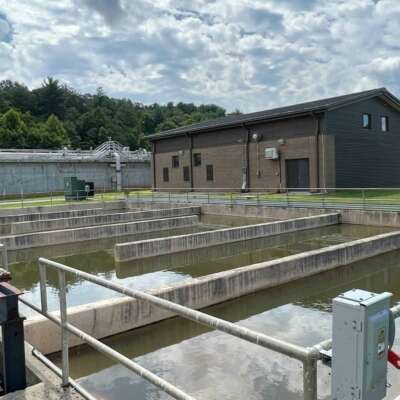

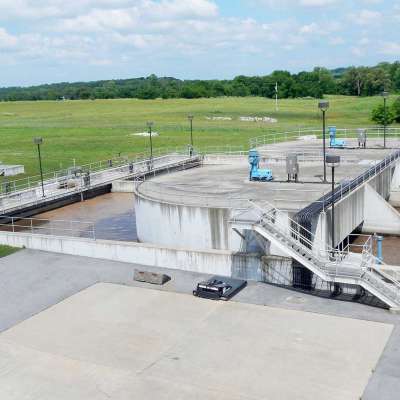

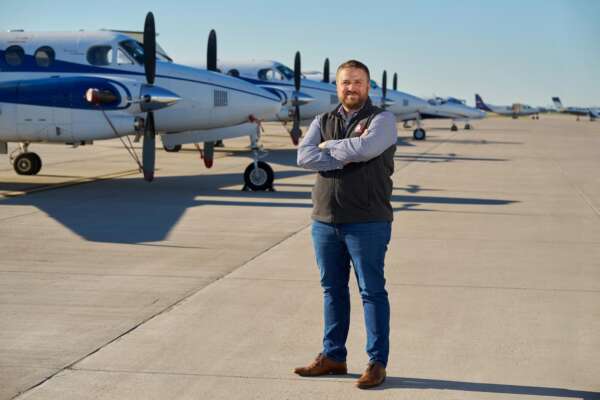

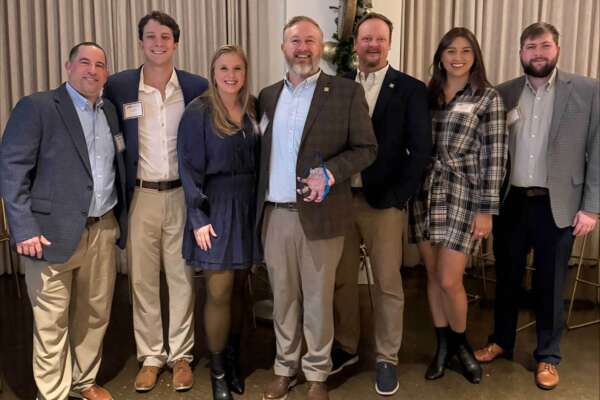

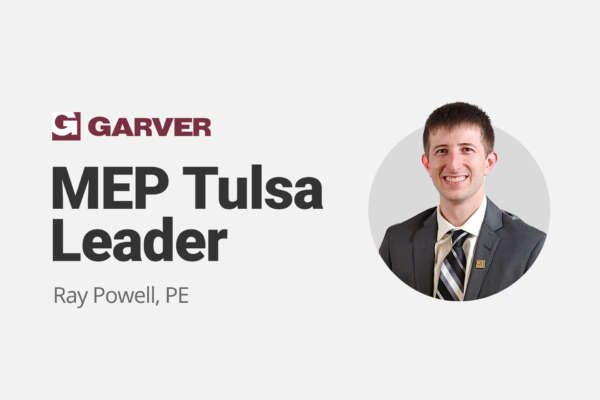
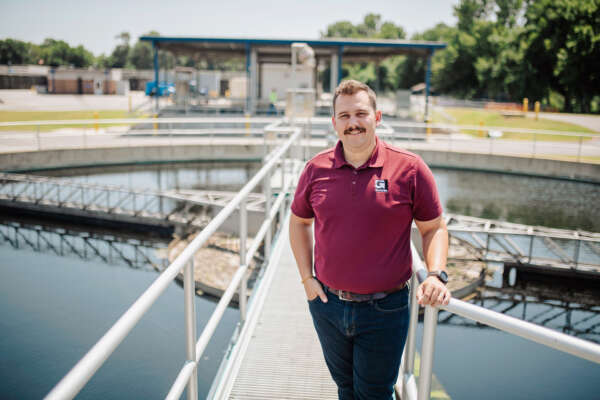


Share this article